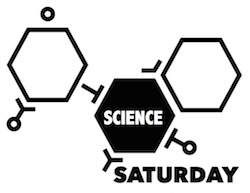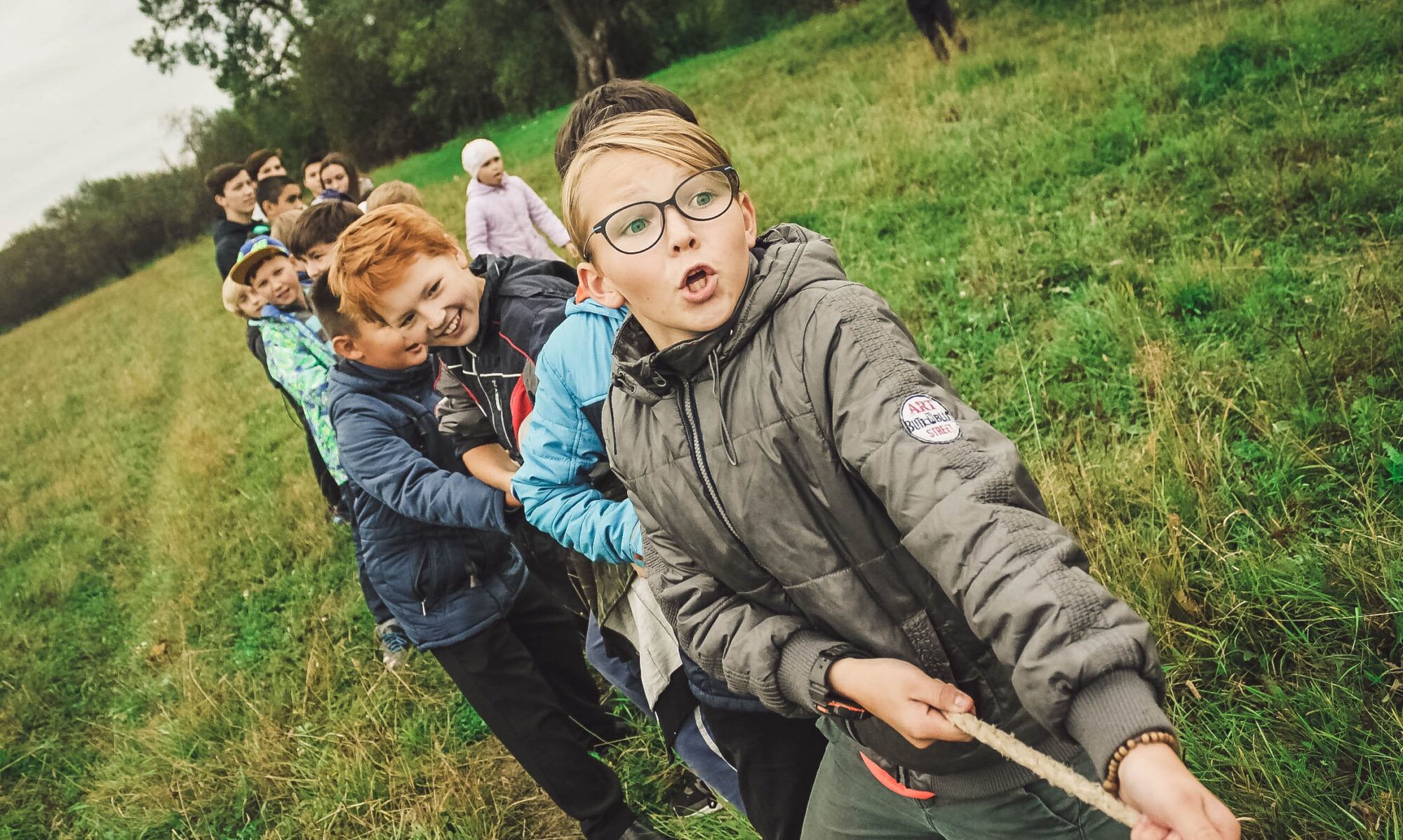 In Vermont, in the winter, we talk about the weather. A lot. Perhaps this is due to our agrarian roots and realities. Maybe it is an extension of how we look for each other. Or maybe it’s because it is really, really cold. Mars cold. Whatever the reason, it is a very common topic for discussion. Which makes it a great entry point for a STEM-centered lesson, unit, or project. And conveniently, there are a number of weather apps that serve as a great way to collect real-world data. Today we are going to consider bringing the weather into your classroom, or, perhaps, taking your classroom out to it.
In Vermont, in the winter, we talk about the weather. A lot. Perhaps this is due to our agrarian roots and realities. Maybe it is an extension of how we look for each other. Or maybe it’s because it is really, really cold. Mars cold. Whatever the reason, it is a very common topic for discussion. Which makes it a great entry point for a STEM-centered lesson, unit, or project. And conveniently, there are a number of weather apps that serve as a great way to collect real-world data. Today we are going to consider bringing the weather into your classroom, or, perhaps, taking your classroom out to it.
Guy Trainin recently posted a video on just this topic:
He shows off a few different apps and starts to consider how they could be included in the classroom. A few of these pieces really resonated with me. The first was using the weather apps as a starting point for cross-discipline work. Being able to understand the weather in another location adds depth and immediacy to work in geography, history, or language arts. What is the weather like in Sierra Leone, and how might that have affect the spread of and response to the recent Ebola epidemic? What are other places that are as cold as it is here, and how has their culture responded? What do you think a middle grades student on the other side of the world is doing right now? Weather apps can set the stage for students to ask these types of questions.
The second is being able to collect meaningful, real world measurements that can serve as a data set for work in math. Many of the common core standards related to statistics and probability are related to finding the center, spread, and overall shape of distributions. Students can collect longitudinal data and these methods to create and answer questions. They can also investigate relationships between variables, such as is it generally windier when the sun is up or down? The key here is that the math processes are aiding them in answering larger questions that they, or others in their community, could have.
That gets to the third strength of using weather information in the classroom – as a way to connect with the community and to better understand where they live. For example, students at the Edge are in the second year of the wild city project, and weather data can help enrich their growing understanding of the local animal life. It could also help provide information on public health issues, as many apps provide information about pollen, flu rates, and air quality. It is important to give our students the tools to participate in the discussions in their community, as well as to answer questions using data that comes from their own back yard.
I personally use the free app from Weather Underground to show me the current conditions and forecast. They have also built in feeds from webcams around the area, to give me an even better idea of what it looks like out there. On some of these frigid winter days, it is nice to be able to see what is out there before getting out of bed.
Have your students used weather information as part of a project? Tell us about it, and let us know about your favorite weather apps for use at school.


The Weather and Vermont http://t.co/EmHTULXelC
RT @innovativeEd: The Weather and Vermont http://t.co/EmHTULXelC
The Weather and Vermont http://t.co/T4nb0XlSFq